Home>Garden Essentials>How Is Crop Rotation Different From Shifting Cultivation
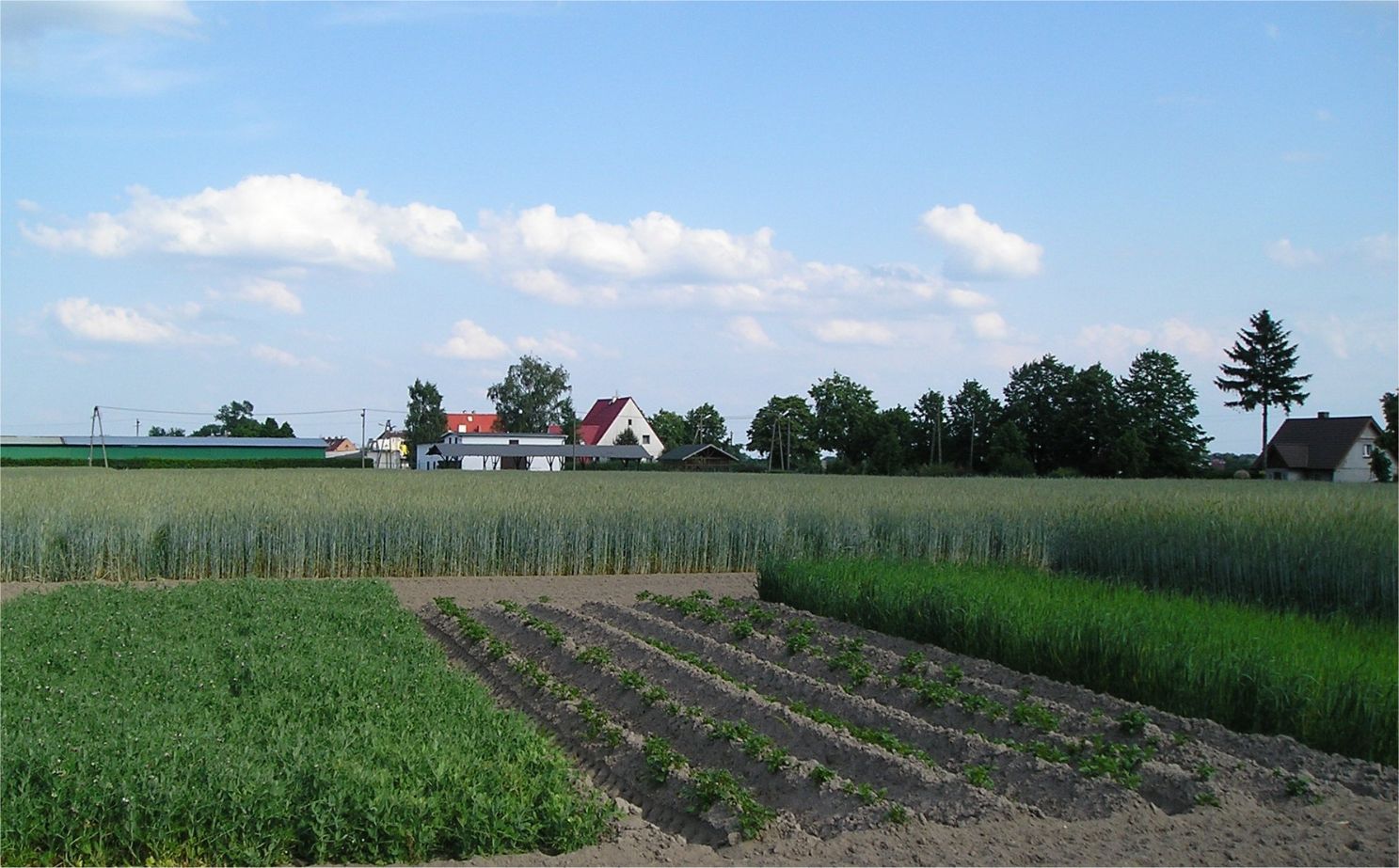

Garden Essentials
How Is Crop Rotation Different From Shifting Cultivation
Modified: August 27, 2024
Discover the key differences between crop rotation and shifting cultivation in your garden. Learn how to implement sustainable practices for healthy plant growth.
(Many of the links in this article redirect to a specific reviewed product. Your purchase of these products through affiliate links helps to generate commission for Storables.com, at no extra cost. Learn more)
Introduction
When it comes to agricultural practices, there are various methods that farmers employ to ensure the productivity of their land. Two common methods that are often discussed are crop rotation and shifting cultivation. Although they both involve the cultivation of crops, they differ in terms of approach and environmental impact.
Crop rotation is a systematic approach to farming where different crops are grown in a sequenced pattern over a period of time. This technique aims to improve soil fertility, control pests and diseases, and optimize the use of nutrients. On the other hand, shifting cultivation, also known as swidden or slash-and-burn farming, is a traditional method where farmers clear a patch of land, burn the vegetation, and cultivate crops for a few years before moving on to a new area.
In this article, we will explore the key differences between crop rotation and shifting cultivation, as well as their respective environmental impacts, benefits, and challenges.
Key Takeaways:
- Crop rotation helps soil and crops by switching up what’s planted, reducing pests and diseases, and conserving water. It’s like giving the land a refreshing change of scenery every year!
- Shifting cultivation, like a forest dance, clears land for a few years, then moves on, letting the earth rest and regenerate. But it can lead to deforestation and soil problems.
Definition of Crop Rotation
Crop rotation is a farming practice that involves the systematic rotation of different crops in a planned sequence on the same piece of land over several years. The primary objective of crop rotation is to improve soil health, prevent the buildup of pests and diseases, and optimize the use of nutrients.
In crop rotation, farmers divide their fields into different sections or plots and cultivate a specific crop in each section for a defined period. After the harvest, the crops are rotated, so that each section of the field grows a different crop with distinct nutrient requirements and growth patterns in the subsequent year. This rotation allows the soil to replenish nutrients, break pest and disease cycles, and minimize the need for synthetic fertilizers and pesticides.
The choice of crops for rotation depends on various factors, including soil type, climate, market demand, and the specific goals of the farmer. Common crops used in rotation include legumes, such as peas or beans, which help fix nitrogen in the soil, cereal crops like wheat or corn, and root crops like potatoes or carrots.
Crop rotation offers several benefits to farmers and the environment. By alternating crops, it reduces the risk of soil erosion, improves soil structure and fertility, and enhances water retention. It also helps control weeds, pests, and diseases, as different crops have different susceptibility to common pests and diseases. Furthermore, crop rotation can increase overall crop yields and reduce input costs by promoting natural soil fertility and reducing the need for synthetic fertilizers and pesticides.
Overall, crop rotation is a sustainable and environmentally friendly farming practice that aims to maintain soil health, improve crop productivity, and minimize negative impacts on the ecosystem.
Definition of Shifting Cultivation
Shifting cultivation, also known as slash-and-burn or swidden farming, is an ancient agricultural technique practiced in many parts of the world, particularly in tropical rainforest regions. It involves clearing a patch of land, often by slashing and burning the vegetation, and cultivating crops for a few years before moving on to a different area.
In shifting cultivation, farmers cultivate a small plot of land for a limited period, typically between two to five years. The process starts with clearing the land by cutting down trees and vegetation, which are then left to dry before being burned. The ash from the burned vegetation acts as a natural fertilizer, providing nutrients to the soil. Once the land has been burned and cleared, farmers sow seeds or plant crops, often including staple crops like maize, rice, or yams.
After a few years of cultivation, the fertility of the soil gradually decreases due to nutrient depletion, weeds, and the buildup of pests and diseases. As a result, the plot of land is abandoned, and the farmers move on to a new area, allowing the previously cultivated land to regenerate naturally over time. The abandoned land is left fallow for a period of several years, during which natural vegetation regrows, and the soil’s fertility is restored.
Shifting cultivation has been practiced for centuries by indigenous communities as a way to sustainably utilize the land while maintaining a balance between agriculture and the forest ecosystem. It is often characterized by its reliance on traditional knowledge and close relationship with the natural environment.
Despite its long history and cultural significance, shifting cultivation has faced criticism due to its impact on deforestation and biodiversity loss. In some cases, the method has been associated with rapid clearance of large areas of forests, leading to habitat destruction and the loss of plant and animal species.
Overall, while shifting cultivation has been an important agricultural practice for many communities, the need for sustainable alternatives that promote biodiversity conservation and reduce environmental impacts is becoming increasingly important.
Key Differences Between Crop Rotation and Shifting Cultivation
Crop rotation and shifting cultivation are two distinct farming practices, each with its own unique characteristics and environmental implications. Here are some key differences between the two:
- Approach: Crop rotation is a systematic and planned approach where different crops are grown in a sequence on the same piece of land over several years. Shifting cultivation, on the other hand, involves clearing and cultivating small plots of land for a few years before moving on to new areas.
- Land Use: Crop rotation utilizes the same piece of land repeatedly, with each section growing a different crop in a structured rotation pattern. Shifting cultivation involves cultivating different plots of land in a rotational manner, allowing previously used plots to regenerate naturally.
- Fertility Management: Crop rotation is specifically designed to improve soil fertility and minimize nutrient depletion. By rotating crops with different nutrient requirements, it helps replenish soil nutrients and maintain long-term soil health. In shifting cultivation, farmers rely on slash-and-burn techniques and the natural fertility of the soil resulting from the burned vegetation.
- Environmental Impact: Crop rotation is generally considered more environmentally friendly as it promotes soil conservation, reduces the use of synthetic fertilizers and pesticides, and helps control pests and diseases. Shifting cultivation, on the other hand, can have a significant impact on deforestation and biodiversity loss due to the practice of clearing land through slash-and-burn methods.
- Sustainability: Crop rotation is a sustainable farming practice that aims to maintain soil health, maximize yields, and minimize negative impacts on the environment. It is a long-term approach that promotes the conservation of natural resources. Shifting cultivation, while historically important for certain communities, has been associated with deforestation and is often considered less sustainable in terms of long-term land use and conservation.
- Scalability: Crop rotation can be implemented on various scales, from small-scale farms to large commercial agricultural operations. It is a widely accepted and practiced method in conventional and organic farming systems. Shifting cultivation, on the other hand, is typically practiced by small-scale farmers in remote or traditional communities.
While both crop rotation and shifting cultivation have their own merits and limitations, it is important to consider the environmental implications and sustainability of these practices. As the world faces the challenges of ensuring food security and protecting natural resources, finding innovative and sustainable agricultural methods becomes crucial.
Environmental Impacts of Crop Rotation
Crop rotation is widely recognized as an agricultural practice that has positive environmental impacts. Here are some key ways in which crop rotation benefits the environment:
- Soil Health: Crop rotation improves soil health by promoting nutrient cycling and reducing soil erosion. Different crops have different nutrient requirements, and by rotating crops, the fertility of the soil is naturally replenished. This reduces the dependency on synthetic fertilizers, which can have negative impacts on water quality and soil microbiota.
- Pest and Disease Control: Crop rotation helps control pests and diseases by disrupting their life cycles. Different crops attract different pests and diseases, so by alternating crops in a rotation, farmers can reduce the populations of specific pests and diseases. This reduces the reliance on chemical pesticides and contributes to a healthier and more balanced ecosystem.
- Weed Management: Crop rotation can also assist in weed management. Different crops have different growth patterns and can suppress the growth of specific weeds. By rotating crops, farmers can naturally reduce weed pressure and minimize the need for herbicides, thus decreasing the environmental impact associated with their use.
- Water Conservation: Crop rotation helps improve water conservation by enhancing the soil’s water-holding capacity. When the soil is healthy and well-structured, it can retain water more efficiently, reducing the need for excessive irrigation. This not only conserves water but also reduces the potential for water pollution caused by the runoff of excess irrigation water containing fertilizers and pesticides.
- Biodiversity: Crop rotation promotes biodiversity by providing a diverse habitat for beneficial insects, birds, and microorganisms. By cultivating a variety of crops and incorporating cover crops into the rotation, farmers can create a more diverse and balanced ecosystem. This, in turn, enhances natural pest control, pollination, and overall ecosystem health.
Overall, crop rotation is a sustainable farming practice that actively contributes to environmental stewardship. It supports soil health, reduces pesticide use, conserves water, and promotes biodiversity. Implementing crop rotation can lead to more resilient and sustainable agricultural systems, benefiting both farmers and the environment.
Read more: What Is Crop Rotation Strip Cropping
Environmental Impacts of Shifting Cultivation
Shifting cultivation, also known as slash-and-burn or swidden farming, has significant environmental impacts, which critics argue are largely negative. Here are some key environmental considerations associated with shifting cultivation:
- Deforestation: Shifting cultivation often involves the clearing of large areas of forests to make way for cultivation. This can result in significant deforestation, leading to habitat loss, biodiversity depletion, and increased carbon dioxide emissions. The clearing of forests disrupts the fragile balance of ecosystems, impacting a wide range of plant and animal species.
- Soil Erosion: The practice of burning vegetation and cultivating land without long-term soil conservation measures can lead to extensive soil erosion. Without the protection provided by vegetation cover, the topsoil is vulnerable to erosion by wind and water. As a result, fertile topsoil can be washed away, degrading the land and reducing its capacity to support future agricultural activities.
- Nutrient Depletion: Shifting cultivation relies on the natural fertility of the soil resulting from the burning of vegetation. However, over time, the nutrient content of the soil diminishes as crops extract nutrients without adequate replenishment. This can lead to decreased crop yields and the need to clear new areas of forest for cultivation, perpetuating the cycle of deforestation and nutrient depletion.
- Biodiversity Loss: The extensive clearing of forests for shifting cultivation disrupts ecosystems and leads to the loss of plant and animal species. The destruction of natural habitats can have cascading effects on biodiversity and ecological balance, affecting species diversity, pollination, and the availability of food sources for other wildlife.
- Climate Change: The burning of vegetation in shifting cultivation releases large amounts of carbon dioxide into the atmosphere, contributing to climate change. Additionally, the deforestation associated with shifting cultivation reduces the capacity of forests to sequester carbon dioxide, further exacerbating the greenhouse effect and global warming.
While shifting cultivation has been an integral part of traditional agricultural practices, its environmental impacts are increasingly recognized as concerns. Efforts are being made to develop sustainable alternatives that preserve biodiversity, promote forest conservation, and improve livelihoods for communities practicing shifting cultivation.
It is crucial to consider the long-term sustainability and environmental consequences when assessing agricultural practices, seeking ways to minimize adverse impacts and develop practices that promote conservation, biodiversity, and positive climate outcomes.
Crop rotation involves the systematic planting of different crops in the same area over a period of time, while shifting cultivation involves moving the location of the cultivated land.
Benefits of Crop Rotation
Crop rotation is a farming practice that offers numerous benefits, both for farmers and the environment. Here are some key advantages of implementing crop rotation:
- Improved Soil Health: Crop rotation helps maintain and improve soil health by reducing nutrient depletion and promoting the replenishment of essential nutrients. Different crops have different nutrient requirements, so rotating crops helps balance nutrient uptake and prevent nutrient imbalances. This leads to healthier soils with improved structure, fertility, and microbial activity.
- Pest and Disease Management: Crop rotation is an effective strategy for managing pests and diseases without excessive reliance on chemical pesticides. By rotating different crops, farmers can disrupt pest and disease cycles, prevent the buildup of specific pests and diseases, and reduce their impact. This reduces the need for synthetic pesticides and fosters a more balanced and sustainable ecosystem.
- Weed Control: Crop rotation can assist in weed control by breaking the lifecycle of common weeds. Different crops have varying growth patterns and can suppress the growth of specific weeds. By rotating crops, farmers can naturally reduce weed pressure and minimize the need for herbicides, thereby reducing environmental impacts associated with their use.
- Enhanced Biodiversity: Crop rotation promotes biodiversity by providing a diverse habitat for beneficial insects, birds, and microorganisms. A variety of crops and cover crops in rotation create a more balanced ecosystem, attracting a wide range of beneficial species. This contributes to natural pest control, pollination, and the overall health of the ecosystem.
- Reduced Soil Erosion: Crop rotation helps reduce soil erosion by providing appropriate ground cover at different times in the rotation cycle. The presence of crops with extensive root systems and residue cover helps prevent soil erosion caused by wind and water. This protects valuable topsoil and improves long-term soil productivity.
- Water Management: Properly planned crop rotation can assist in efficient water management by optimizing water use and reducing water loss through evaporation. Different crops have varying water requirements, and by rotating crops, farmers can match the water needs of the plants with the available water resources. This helps conserve water and reduces the risk of water-related environmental problems.
- Increased Crop Yields: Crop rotation can lead to increased crop yields over time. By maintaining soil fertility, controlling pests and diseases, and managing weeds effectively, the overall health and productivity of the crops improve. This can result in higher yields and better economic returns for farmers.
Crop rotation is a sustainable farming practice that offers numerous benefits to farmers, the environment, and the broader ecosystem. By improving soil health, pest management, biodiversity, and water conservation, crop rotation contributes to a more resilient and environmentally friendly agricultural system.
Benefits of Shifting Cultivation
Shifting cultivation, despite its environmental challenges, has certain benefits, particularly for certain communities and in specific contexts. Here are some key advantages associated with shifting cultivation:
- Sustainable Land Use: Shifting cultivation has been practiced for centuries by indigenous communities as a sustainable land use practice. By allowing land to fallow and regenerate, shifting cultivation allows for the natural restoration of soil fertility, making the land productive for future cycles of cultivation.
- Preservation of Traditional Knowledge: Shifting cultivation is deeply rooted in the traditions, cultures, and knowledge of indigenous communities. It helps preserve traditional agricultural practices, including methods of plant selection, seed saving, and intergenerational knowledge transfer, contributing to the preservation of cultural heritage.
- Food Security: Shifting cultivation can provide a source of food security, particularly in areas where alternative farming methods may be challenging due to environmental or socio-economic factors. It allows communities to grow their own food and adapt to local conditions, ensuring a level of self-sufficiency and resilience.
- Resilience to Climate Change: Shifting cultivation has often been practiced in regions with high annual rainfall or variable climate conditions. Its adaptability and flexibility allow communities to respond to changing environmental conditions, including shifts in precipitation patterns, to ensure food production and livelihoods in the face of climate change.
- Promotion of Cultural Landscapes: The landscapes shaped by shifting cultivation are not only agriculturally productive but also culturally significant. They often represent a harmonious coexistence of human activity and natural ecosystems, contributing to the preservation of cultural landscapes and traditional ways of life.
It is important to note that the benefits of shifting cultivation often depend on the specific context and the implementation of sustainable practices. Efforts are being made to enhance the sustainability of shifting cultivation through the integration of agroforestry, improved fallow management, and the preservation of forest biodiversity.
While the long-term environmental impacts and challenges associated with shifting cultivation are recognized, it is essential to acknowledge the cultural significance and value it holds for certain communities. Balancing the preservation of cultural practices with sustainable land management approaches can help address the challenges and foster a more sustainable future.
Challenges and Limitations of Crop Rotation
While crop rotation offers numerous benefits, it is not without its challenges and limitations. Here are some key challenges associated with implementing crop rotation:
- Monoculture Challenges: Crop rotation can be challenging in systems that heavily rely on monoculture, where one crop dominates the agricultural landscape. Monoculture can limit the potential benefits of crop rotation because it lacks the diversity necessary to effectively break pest and disease cycles and optimize nutrient cycling.
- Market Demand and Crop Suitability: Crop rotation requires farmers to select crops based on their suitability for rotation, including their nutrient requirements, growth patterns, and market demand. However, market demands and other economic factors may not always align with the optimal crop rotation plan, making it challenging for farmers to implement diverse rotations.
- Management and Planning: Effective crop rotation requires careful planning and management. Farmers need to have a good understanding of crop requirements, growth cycles, and pest and disease dynamics. This can require additional knowledge and training, as well as close monitoring and adjustment throughout the growing season.
- Resource Limitations: Implementing diverse crop rotations often requires additional resources, such as labor and equipment. Small-scale farmers or those with limited access to resources may face challenges in adopting and implementing complex crop rotation systems. Lack of infrastructure and support services can also hinder the adoption of crop rotation practices.
- Integration with Livestock Operations: Incorporating livestock into crop rotation systems can provide additional benefits, such as nutrient cycling and weed control. However, integrating livestock into crop rotations can be complex, requiring careful management to optimize the benefits without causing damage to the crops or soil.
- Climate and Geographic Limitations: The suitability and effectiveness of crop rotation can vary depending on the climatic conditions and geographic location. Certain crops may not thrive in specific climates, limiting the options for rotation. Additionally, areas with limited land availability may face challenges in implementing rotation systems due to space constraints.
Despite these challenges, crop rotation remains a valuable and widely adopted practice in agriculture. As farmers and researchers continue to explore innovative techniques and technologies, these limitations can be overcome, and the benefits of crop rotation can be further maximized.
Read more: What Was Crop Rotation?
Challenges and Limitations of Shifting Cultivation
Shifting cultivation, although it has been practiced for centuries, faces several challenges and limitations. These factors can have significant implications for the environment and the well-being of communities relying on this agricultural practice. Here are some key challenges associated with shifting cultivation:
- Deforestation and Habitat Loss: One of the most significant challenges of shifting cultivation is its contribution to deforestation. Clearing land through slash-and-burn methods leads to the destruction of forests, resulting in habitat loss for numerous plant and animal species. This loss of biodiversity can disrupt the ecological balance and have long-term negative consequences.
- Soil Degradation and Nutrient Depletion: Shifting cultivation often involves short periods of cultivation, followed by long fallow periods. Despite the restorative intent of the fallow period, frequent shifting and inadequate fallow duration can lead to soil degradation and nutrient exhaustion. Soil erosion and fertility decline can significantly impact crop productivity and the long-term sustainability of agricultural systems.
- Loss of Indigenous Knowledge: Rapid changes in societal dynamics and cultural shifts can result in the loss of traditional knowledge associated with shifting cultivation. The younger generation may be less inclined to adopt and practice shifting cultivation, leading to a decline in the transmission of indigenous knowledge and cultural practices that are deeply intertwined with this agricultural system.
- Shift to Cash Crops: In some cases, shifting cultivation has shifted from subsistence farming to the production of cash crops driven by market demands. This shift can create socio-economic challenges, such as increased dependency on external markets for income, vulnerability to market fluctuations, and potential exploitation of farmers by middlemen or multinational corporations.
- Land Tenure and Access: Land tenure issues and limited access to land can pose challenges for communities practicing shifting cultivation. As population pressure increases and land becomes scarcer, securing and maintaining access to sufficient land for shifting cultivation becomes increasingly difficult. This can lead to conflicts over land rights and limited opportunities for communities to engage in traditional agricultural practices.
- Climate Change and Shifting Weather Patterns: Shifting cultivation relies on the predictability of traditional weather patterns. However, the impact of climate change, which leads to shifting weather patterns, can disrupt the timing and effectiveness of shifting cultivation. Changes in rainfall patterns, droughts, or extreme weather events can make it more challenging to successfully practice shifting cultivation and maintain food security.
Addressing these challenges requires a comprehensive approach that incorporates sustainable land management practices, community participation, and policies that support the rights and livelihoods of indigenous communities. By recognizing the limitations and addressing these challenges, shifting cultivation can be practiced in a more sustainable and culturally appropriate manner.
Conclusion
Both crop rotation and shifting cultivation are agricultural practices that have shaped human interactions with the land for centuries. While they differ in approach and environmental impacts, they both have their unique benefits and challenges.
Crop rotation, with its systematic and planned approach, offers numerous advantages. It improves soil health, enhances pest and disease management, conserves water, promotes biodiversity, and increases crop yields. It is a sustainable practice that assists in maintaining long-term soil fertility and reducing reliance on synthetic inputs. However, it requires careful planning, management, and knowledge to implement effectively, and it may face limitations in monoculture systems and face challenges related to market demands and resource limitations.
Shifting cultivation, while traditionally important for certain communities, presents significant environmental challenges. Deforestation, soil degradation, nutrient depletion, and habitat loss are some of the concerns associated with this practice. However, shifting cultivation also holds cultural significance, preserves traditional knowledge, and can be adaptable to changing environmental conditions. Efforts are being made to enhance its sustainability through improved fallow management, agroforestry integration, and conservation of biodiversity.
As the world faces increasing pressures on food production, sustainability, and biodiversity conservation, it is crucial to explore innovative and context-specific approaches that strike a balance between productivity and environmental stewardship. This includes incorporating the best aspects of crop rotation, such as diversifying agricultural systems to enhance resilience and reduce environmental impacts. Additionally, recognizing and supporting indigenous communities practicing shifting cultivation are essential for preserving cultural heritage and ensuring the sustainable management of land.
Ultimately, both crop rotation and shifting cultivation have their place in the agricultural landscape. However, it is essential to adapt these practices to modern environmental realities, promote sustainable methods, and integrate scientific knowledge with traditional wisdom. By doing so, we can develop agricultural systems that not only prioritize productivity but also preserve the health of our soils, the diversity of our ecosystems, and the cultural heritage of our communities.
Frequently Asked Questions about How Is Crop Rotation Different From Shifting Cultivation
Was this page helpful?
At Storables.com, we guarantee accurate and reliable information. Our content, validated by Expert Board Contributors, is crafted following stringent Editorial Policies. We're committed to providing you with well-researched, expert-backed insights for all your informational needs.
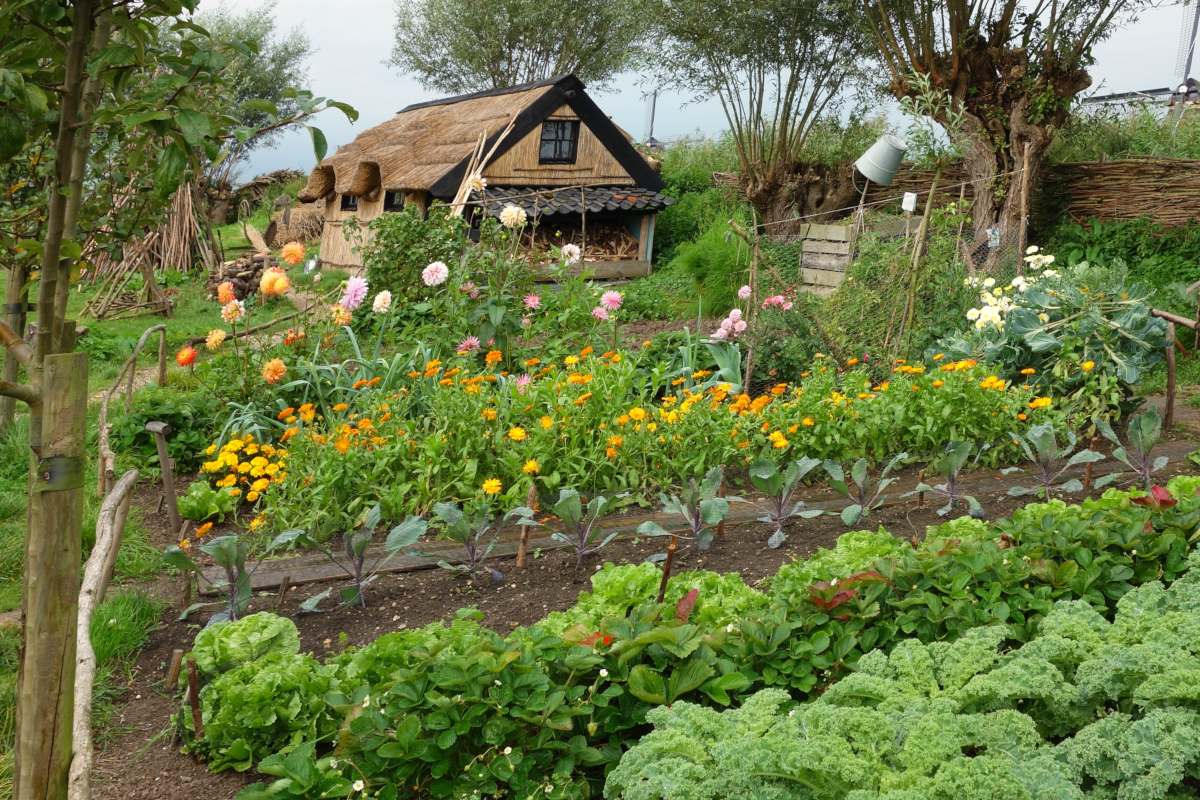


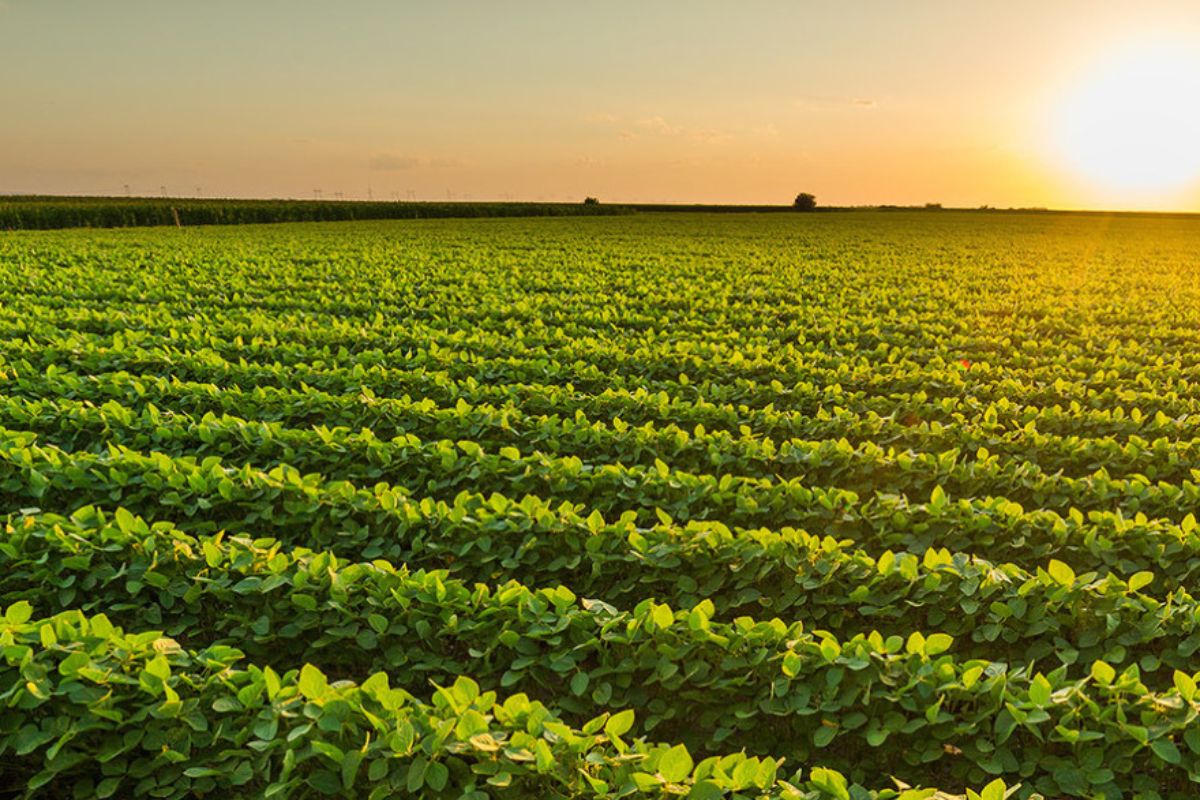
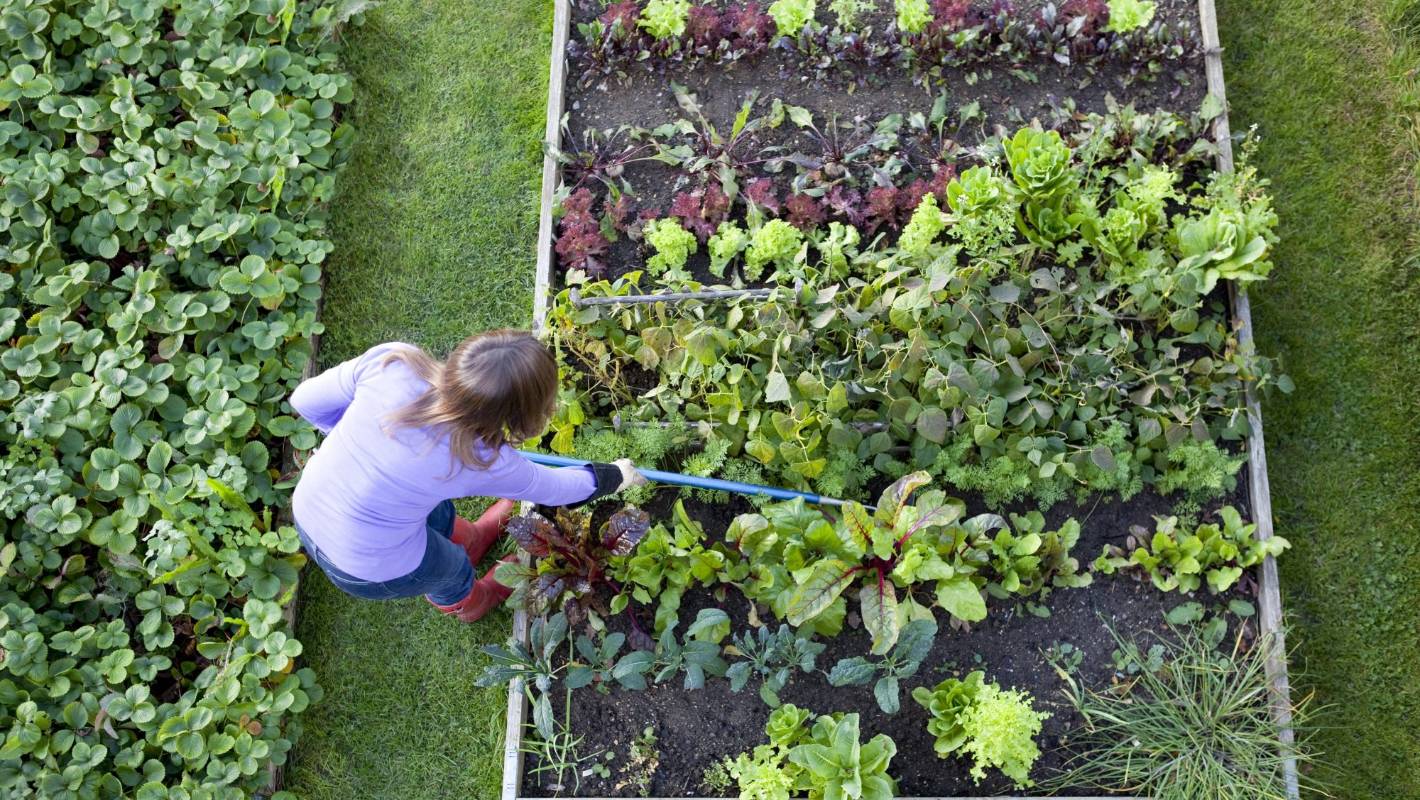
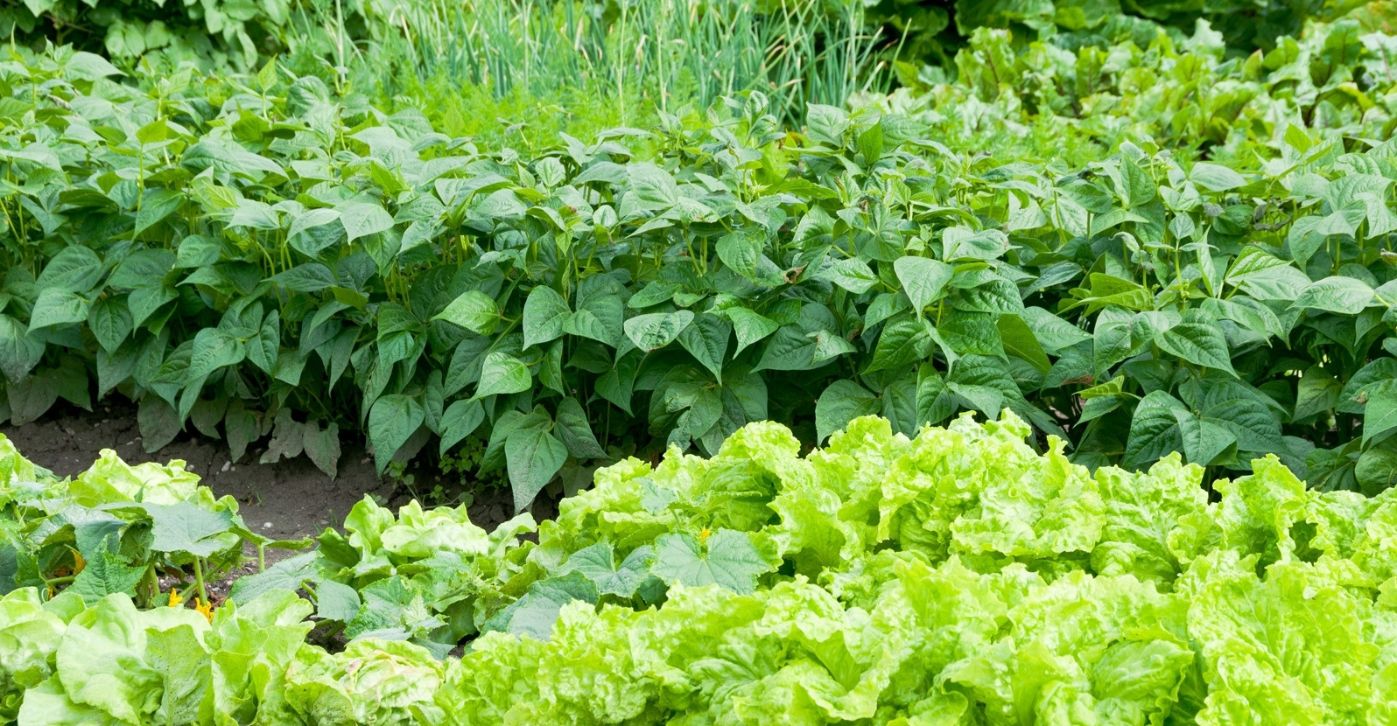
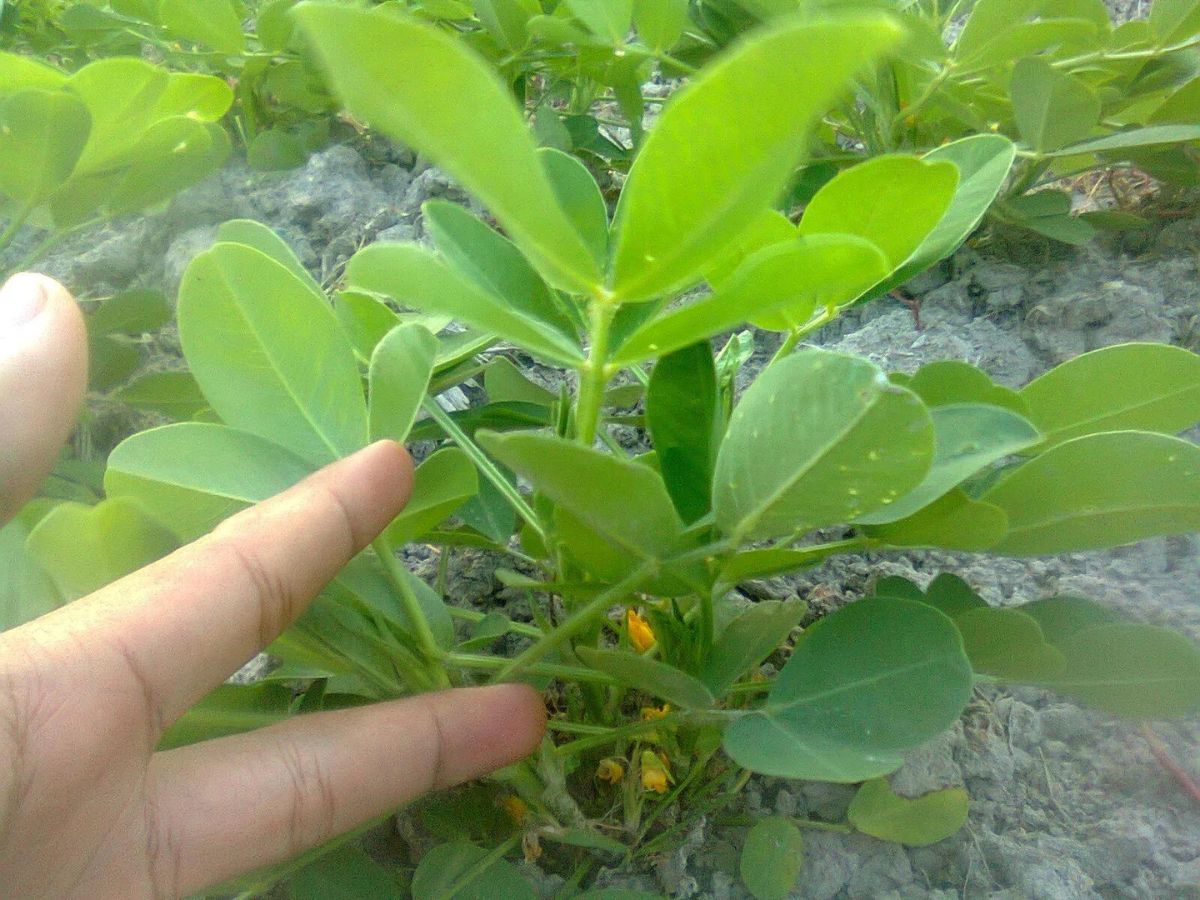
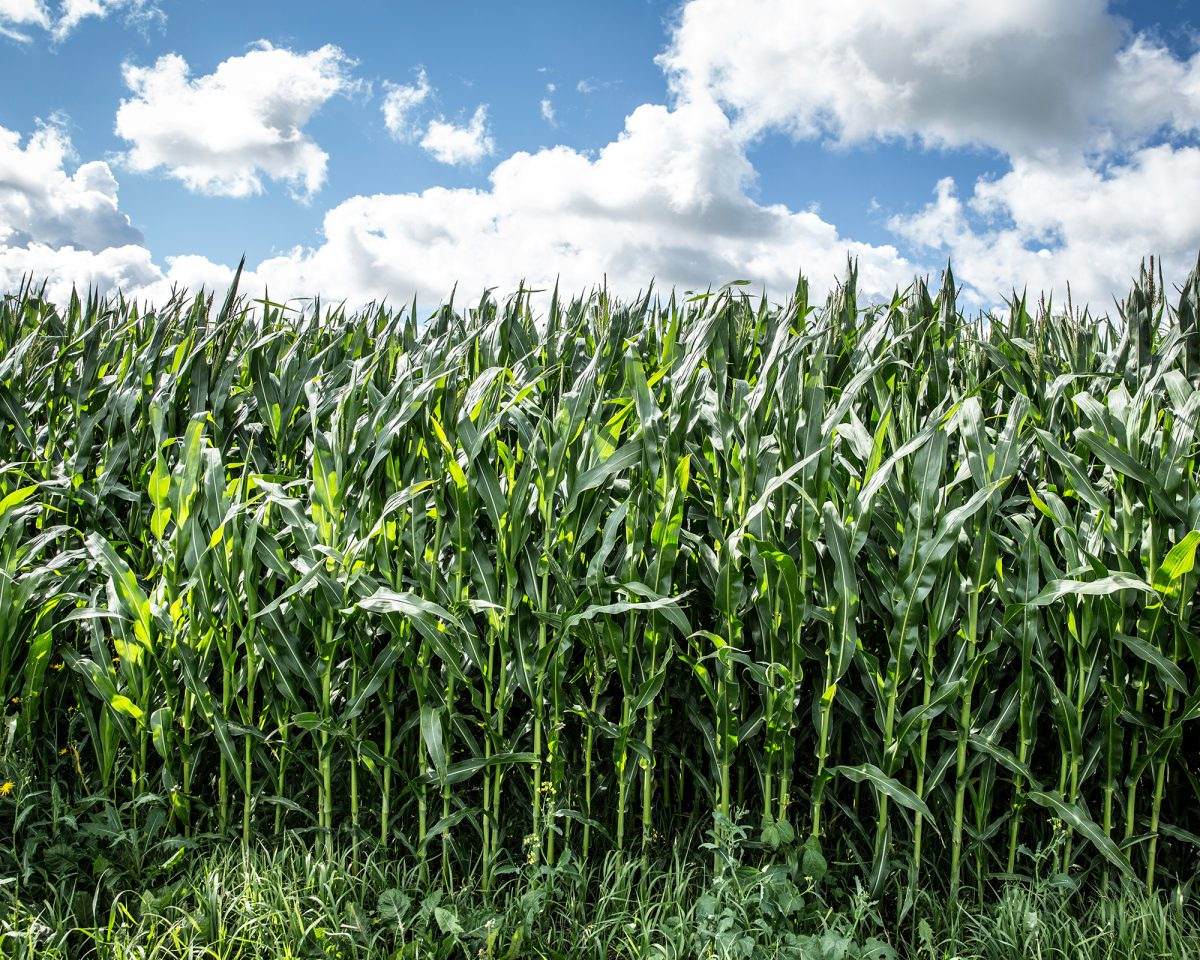
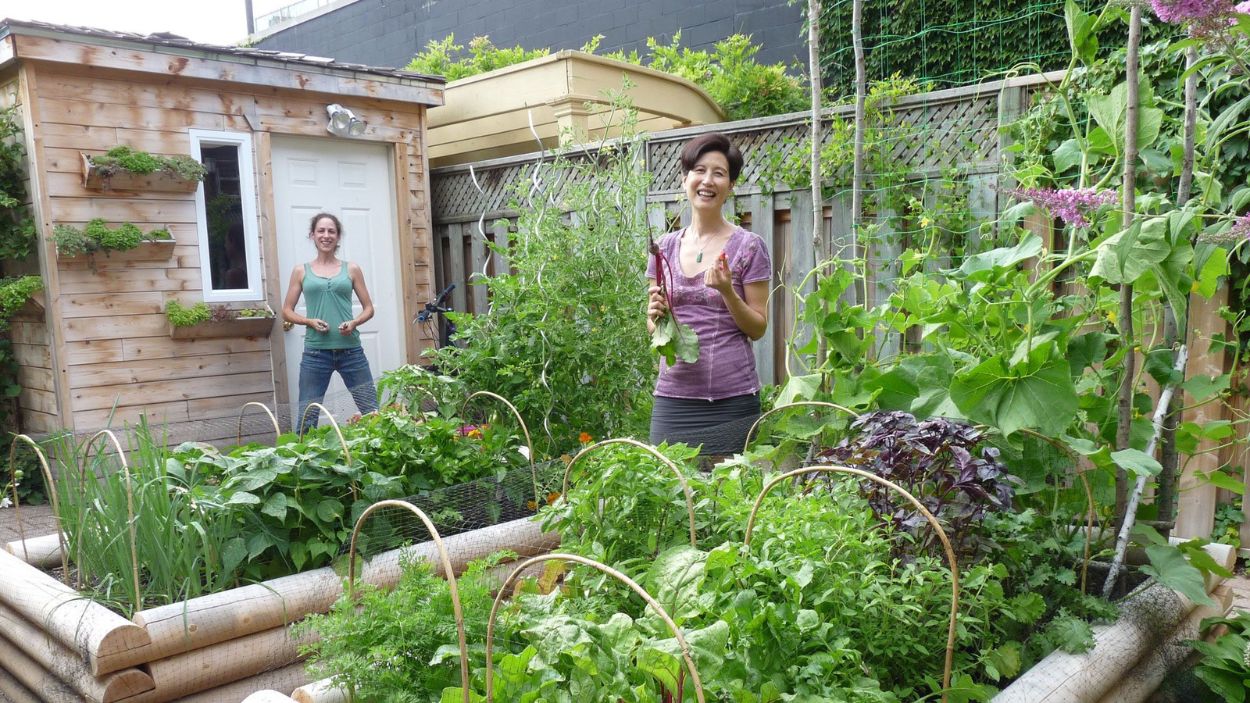
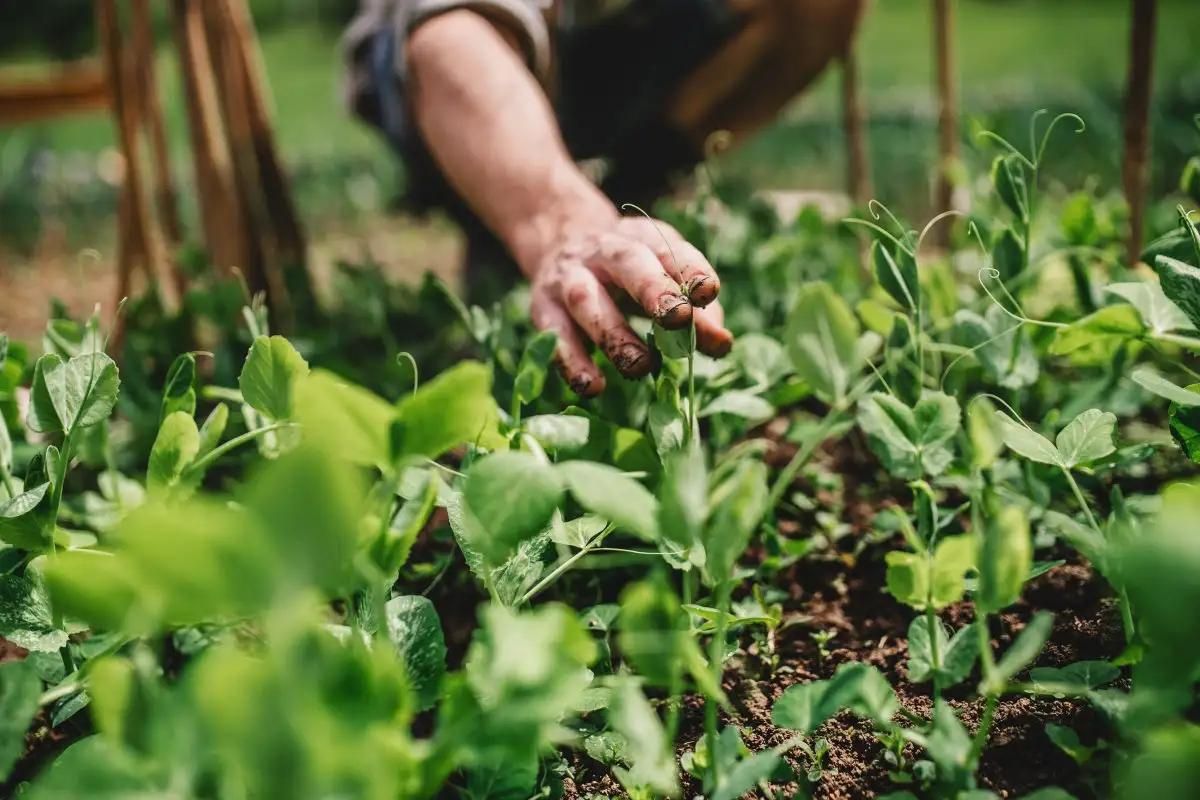
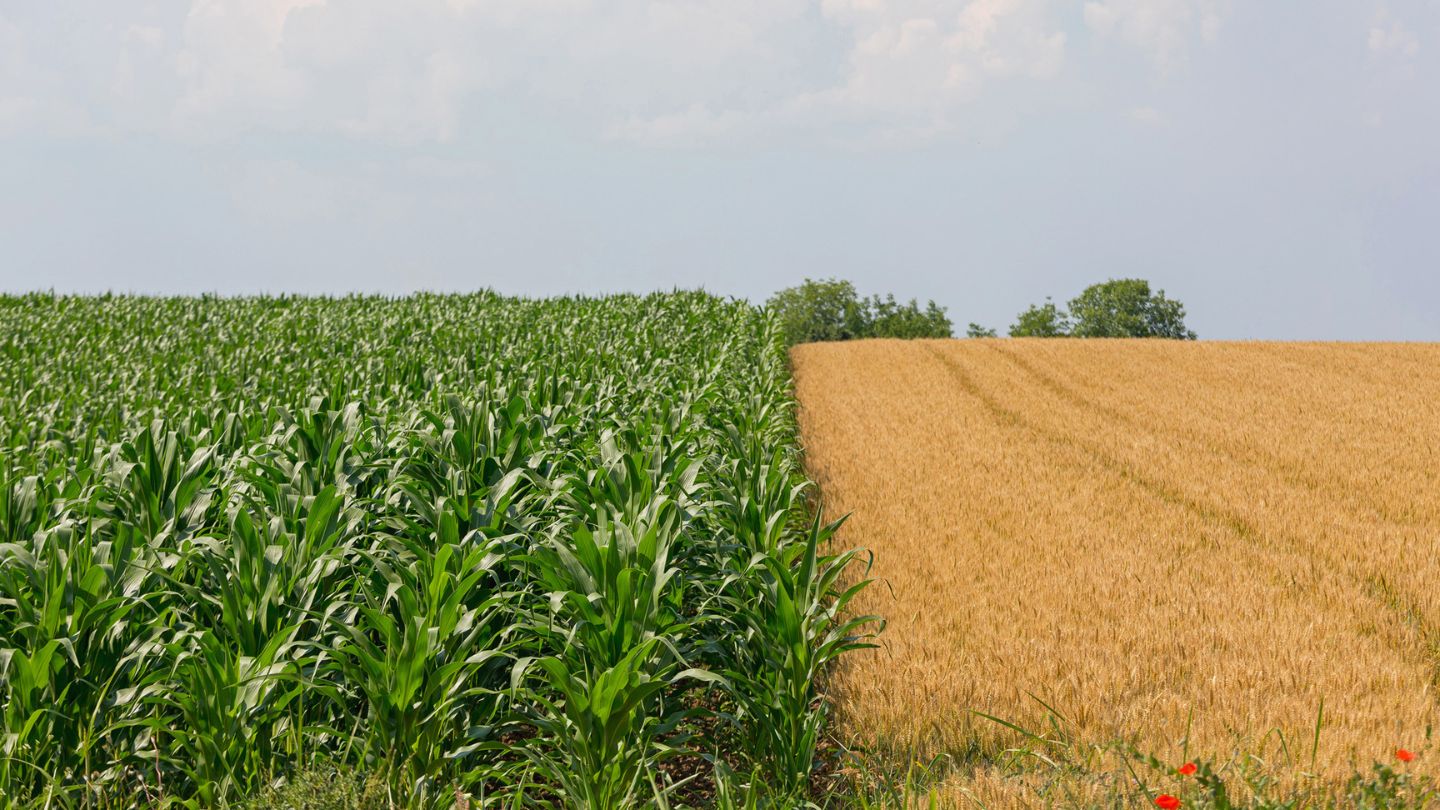
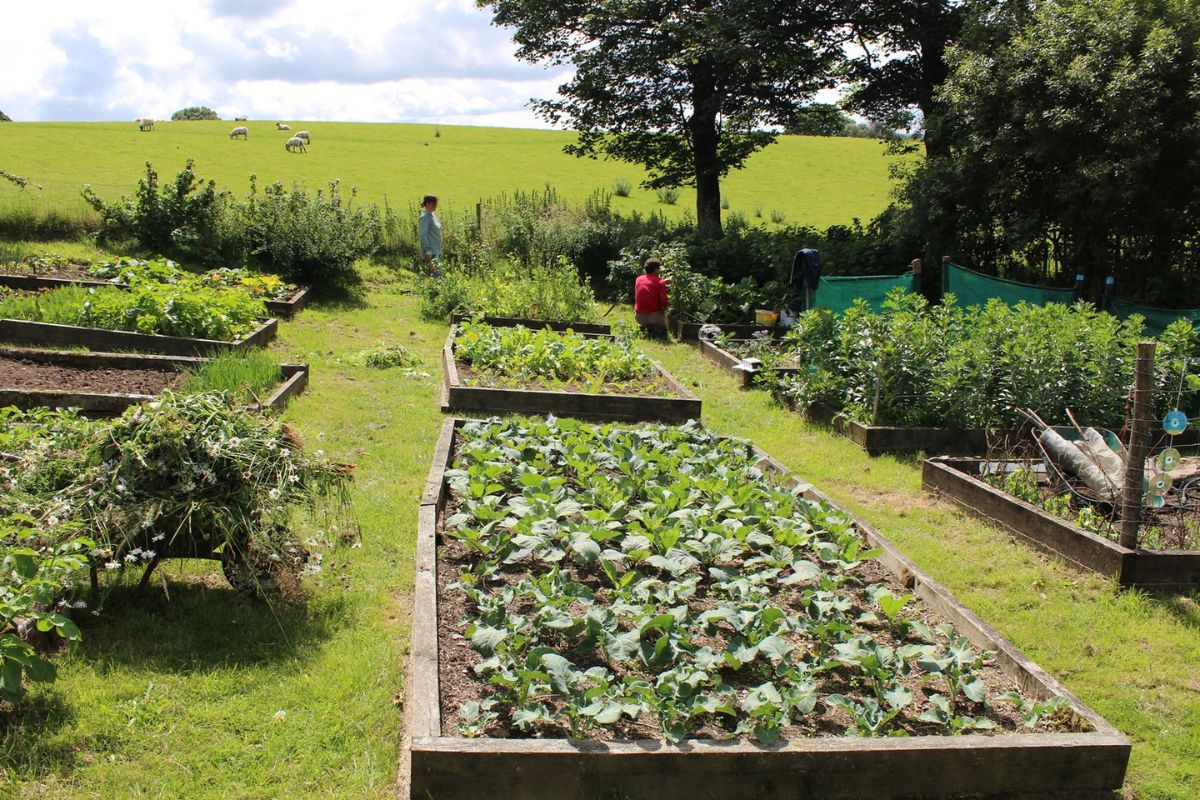
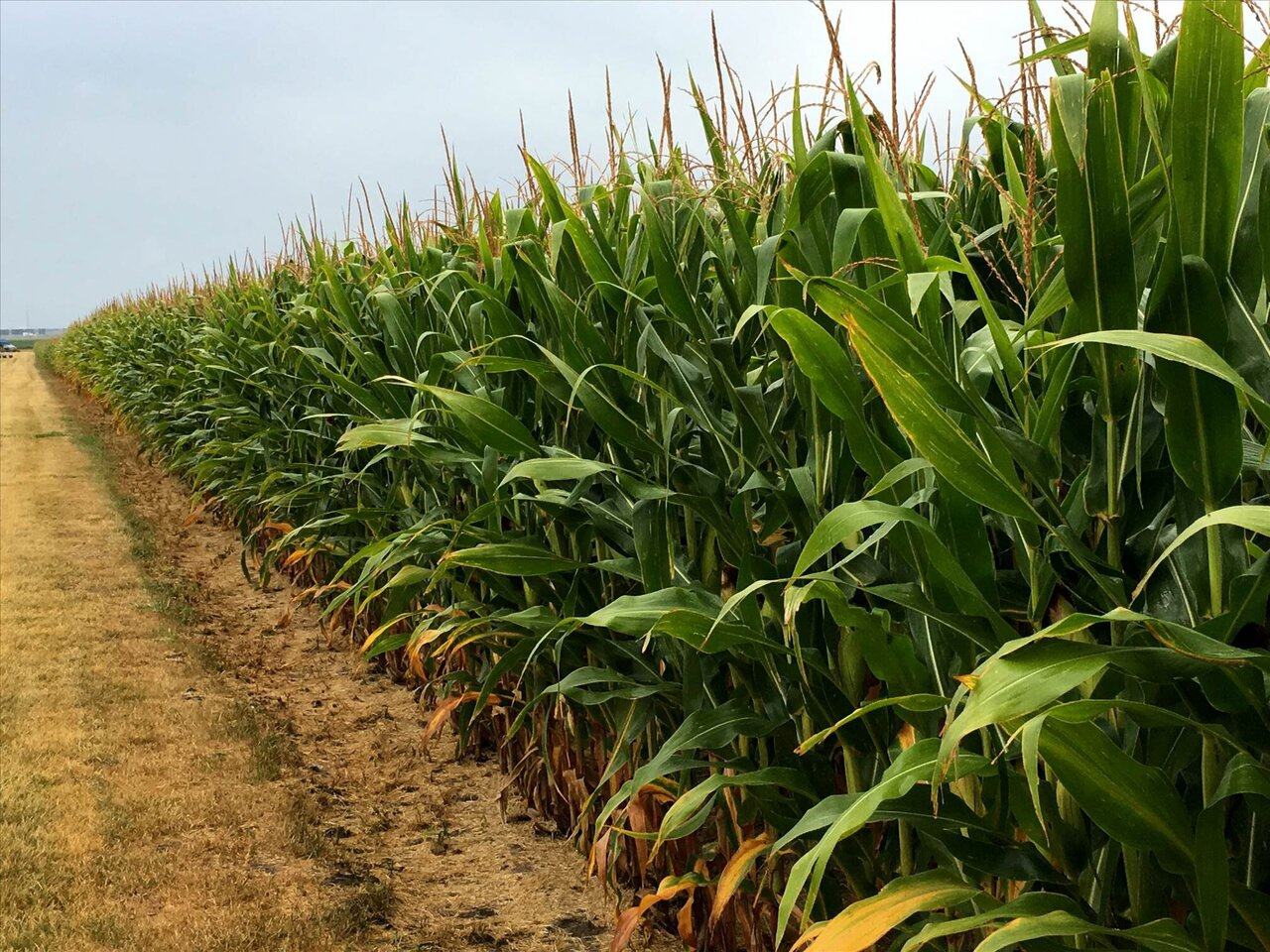

0 thoughts on “How Is Crop Rotation Different From Shifting Cultivation”